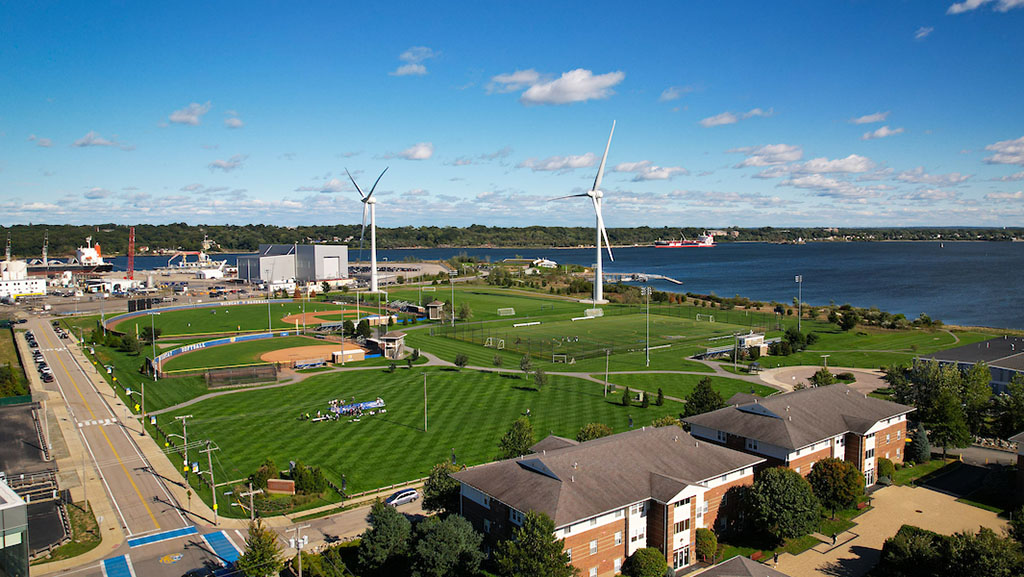Wind power has become more popular across the planet. Though some regions of the Earth get more wind than others – it blows basically everywhere. The concept behind wind energy is the same as hydroelectric power. In hydroelectric moving water turns the turbines to generate electricity – with wind power it is moving air.
One study conducted at Stanford by C.I. Archer and M.Z. Jacobsen in 2004 mapped the global potential for wind energy. Their data suggested that capturing only 20% of this potential energy from the world’s best sites could generate seven times more energy than was being developed in 2011 and thus could help phase out coal and nuclear power sources. Offshore wind production looks promising as well. Out there – the wind can be stronger and steadier than winds over land. Many countries have already developed offshore wind farms. Over land within the U.S., areas near the Rocky Mountains show the best promise – and many of these areas have already developed wind farms. In 2011 scientists estimated that wind farms in North Dakota, South Dakota, Kansas, and Texas alone could generate three times more energy than all of the power plants operating at that time. This looks like a promising option for fossil fuels, but there are challenges.
- Areas where wind energy is most promising have few people – the energy would have to transported to more urban sites.
- Winds do die down and a backup source will be needed in many locations.
- Studies have found that rotating wind turbines kill as many as 40,000 birds and bats each year in the U.S. alone.
- Many urban and coastal communities resist them because they are unsightly and noisy.
Others
| Advantages | Disadvantages |
| Moderate to high energy yield | Steady winds needed |
| High energy efficiency | Backup systems needed during low wind events |
| Moderate capital costs | High land use required |
| Low electricity costs | “Visual” pollution |
| Very low environmental impact | Noise when located near populated areas |
| No carbon dioxide emissions | Can kill birds and bats |
| Can be located at sea | |
| Land below turbines can be used for agriculture |
In the next article we will look at using biomass as an energy source.
Reference
Miller, G.T., Spoolman, S.E. 2011. Living in the Environment. Brooks/Cole Cengage Learning. Belmont CA. pp. 674.
- St. Joe Red Tide Claiming Terrapins - December 15, 2025
- The 2025 Snake Watch Report for the Pensacola Bay Area - December 15, 2025
- Rattlesnakes on Our Barrier Islands; Part 2 – Prey Selection - December 15, 2025

